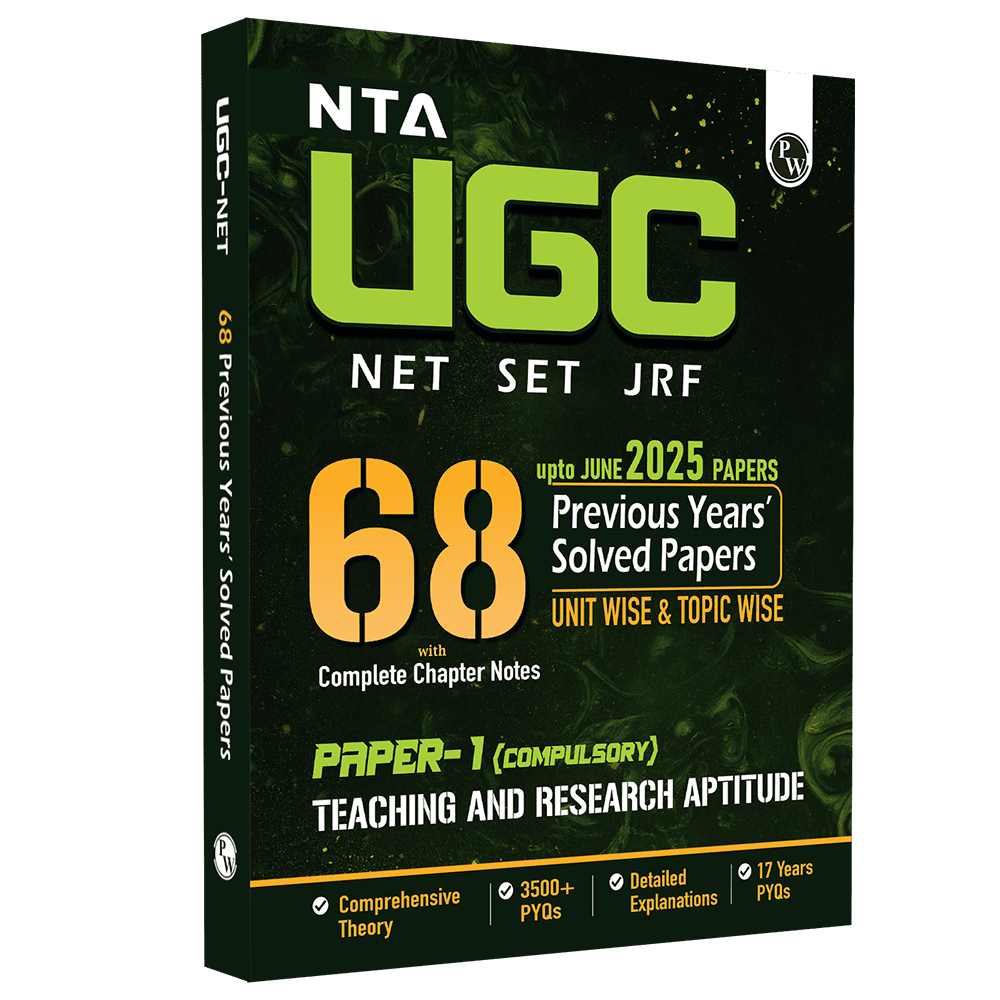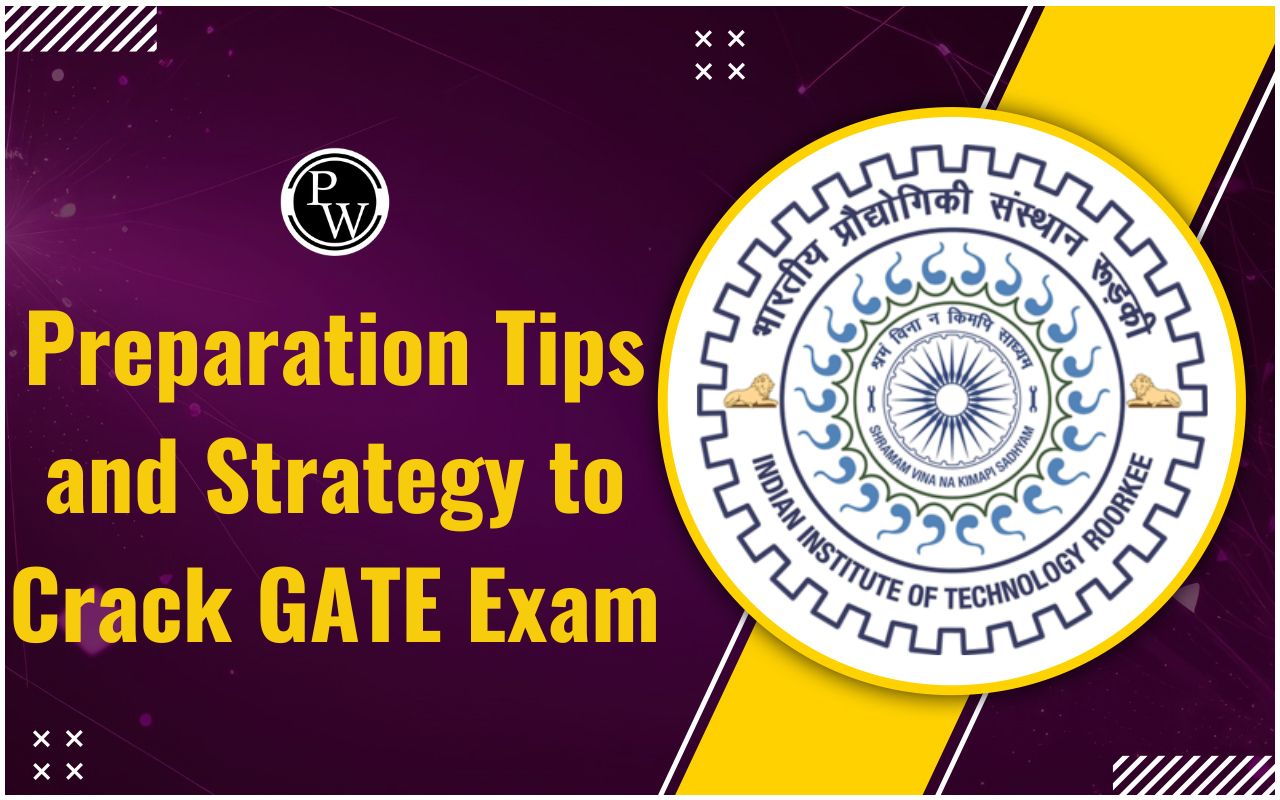UGC Net Passing Marks 2025: Minimum Passing Marks

UGC NET Passing Marks 2025: Minimum Passing Marks: The University Grants Commission National Eligibility Test (UGC NET) is an important examination for candidates who aspire to become assistant professors or to secure Junior Research Fellowships (JRF) in Indian universities. So, the passing marks for the UGC net change every year. Knowing the passing marks for UGC NET is essential for candidates preparing for the exam in 2025.
We will provide a complete analysis of the minimum passing marks in the UGC net exam, category-wise requirements, and factors influencing the cut-off scores.
Check out: UGC NET Books
UGC NET Passing Marks 2025
Acknowledgment of the passing marks criteria is crucial for candidates to plan their preparation effectively and assess their performance relatively. It provides a clear reference for success in this highly competitive examination.
For the UGC NET 2025, several updates have been made to enhance the examination process and align it with current academic standards. These include revised syllabus content, updated question formats, and streamlined application procedures.
Important Examination Details:
-
Examination Periods: June and December 2025 (Bi-annual)
-
Tentative June Session: June 10-20, 2025 (Specific dates to be confirmed)
-
Result Declaration: Within 45 days of examination completion
-
UGC NET official website: https://ugcnet.nta.nic.in/
-
National Testing Agency (NTA) portal: https://nta.ac.in/
-
UGC official notifications and circulars
Also check, UGC NET Paper 1 Previous Year Solved Papers Book
UGC NET 2025 Examination Structure
Key Changes in the UGC NET 2025 Examination Structure
Exam Dates and Frequency
The UGC NET 2025 exam will be conducted twice a year, generally in June and December. The specific dates for the June session are might set for the second week of June 2025.
|
Component |
Marks |
Duration |
Content |
|
Paper 1: General Paper on Teaching and Research Aptitude |
100 |
2 hours |
- Teaching aptitude, Research methodology, Comprehension, Communication, Reasoning, Data interpretation |
|
Paper 2: Subject-specific Assessment |
200 |
3 hours |
-In-depth knowledge of the chosen subject, Application of concepts, Critical analysis skills |
|
Total Aggregate |
300 |
5 hours |
- No negative marking applied |
General Category Passing Marks Criteria
|
Component |
Criteria |
|
UGC net passing marks for general |
40% (120 marks out of 300) |
|
Passing Marks for UGC net paper 1 |
No specific cut-off contributes to the aggregate score |
|
Passing Marks for UGC net paper 2 |
No specific cut-off contributes to an aggregate score |
Check Out - CTET Books
Category-wise Passing Marks Criteria
|
Category |
Minimum Aggregate |
Marks Required (out of 300) |
|
OBC (Non-creamy layer) candidates |
36% |
108 |
|
SC/ST candidates |
35% |
105 |
|
PwD (Persons with Disabilities) |
35% |
105 |
The difference between paper and paper 2 is
|
Aspect |
Paper 1 |
Paper 2 |
|
Purpose |
General assessment of teaching and research aptitude |
Subject-specific knowledge and Ability |
|
Content |
Covers various topics related to teaching and research |
Focuses on the candidate's chosen subject area |
|
Number of Questions |
50 questions |
100 questions |
|
Total Marks |
100 marks |
200 marks |
|
Question Type |
Objective-type multiple-choice questions (MCQs) |
Objective-type multiple-choice questions (MCQs) |
|
Duration |
Part of a combined duration of 3 hours |
Part of a combined duration of 3 hours |
|
Weightage |
Each question carries 2 marks |
Each question carries 2 marks |
|
Topics Covered |
Teaching Aptitude, Research Aptitude, Comprehension, Communication, Reasoning, Data Interpretation, ICT, People & Environment, Higher Education System |
Based on the specific syllabus of the chosen subject (e.g., Physics, Chemistry, etc.) |
|
Language Options |
Available in both English and Hindi |
Available in both English and Hindi |
Candidates should focus on developing their general aptitude skills for Paper 1 while also going deeply into their specific subject matter for Paper 2. It is also required to remember the criteria for the passing marks.
Also Read, UGC NET Previous Year Question Paper with Solution PDFs
UGC NET English Previous Year Question Papers with PDF
UGC NET Hindi Previous Year Question Papers with PDF
Factors Influencing UGC NET Cut-Off Marks
The cut-off marks fluctuate each year based on several factors:
-
Number of candidates: A higher number of applicants typically leads to increased competition, which may increase cut-off marks.
-
Difficulty Level: If the exam is perceived as more challenging, cut-offs may decrease due to lower overall performance.
-
Previous year trends: Historical cut-off data provides a benchmark that influences current expectations.
-
Reservation Policies: The allocation of slots according to government policies affects how many candidates qualify from various categories.
Analysis on Minimum Passing Marks
Based on recent trends and faculty predictions, candidates should consider the following:
-
Increased competition may lead to slightly higher cut-offs
-
Subject-specific variations in Paper 2 cut-offs are likely
-
Emphasis on practical knowledge and application-based questions may influence marking patterns
Strategies to Meet Passing Criteria
-
Aim for at least 50% minimum to ensure a comfortable margin
-
Focus on high-weightage topics in both papers
-
Practice time management to attempt maximum questions
-
Stay updated with the latest UGC NET syllabus and pattern changes
Understanding the UGC NET passing marks for 2025 is vital for efficient preparation. While the minimum passing marks serve as a baseline, candidates should aim higher to secure better chances of qualification. Stay updated with official announcements and focus on a comprehensive preparation strategy to excel in both Paper 1 and Paper 2.
Remember, the UGC NET examination evaluates not just subject knowledge but also teaching and research aptitude. A balanced approach to preparation, focusing on both papers equally, will significantly enhance your chances of success.
Read More: UGC Net Preparation Tips with Previous Year Question Paper
UGC Net Passing Marks 2025 FAQs
1: What are the minimum passing marks for UGC NET in 2025?
The minimum passing marks are 120 out of 300 for General category candidates and 105 out of 300 for OBC/SC/ST/PWD/Transgender candidates.
2: How are UGC NET cut-off scores determined?
Cut-off scores are determined by considering factors such as the number of candidates appearing for the exam, the difficulty level of question papers, and previous year cut-off trends.
3: Is there a difference between qualifying marks and cut-off marks?
Yes, qualifying marks refer to the minimum scores required to pass, while cut-off marks indicate the scores achieved by candidates who qualify based on overall performance and competition.
4: Can I check previous years' cut-off scores?
Yes, previous years' cut-off scores are available on the official NTA website and can provide insights into expected performance levels.
5: How often is the UGC NET exam conducted?
The UGC NET exam is conducted twice a year, typically in June and December.
6:How are the passing marks for UGC NET determined?
The UGC determines passing marks based on factors such as overall candidate performance, difficulty level of the examination, and available positions for JRF and Assistant Professorship.









